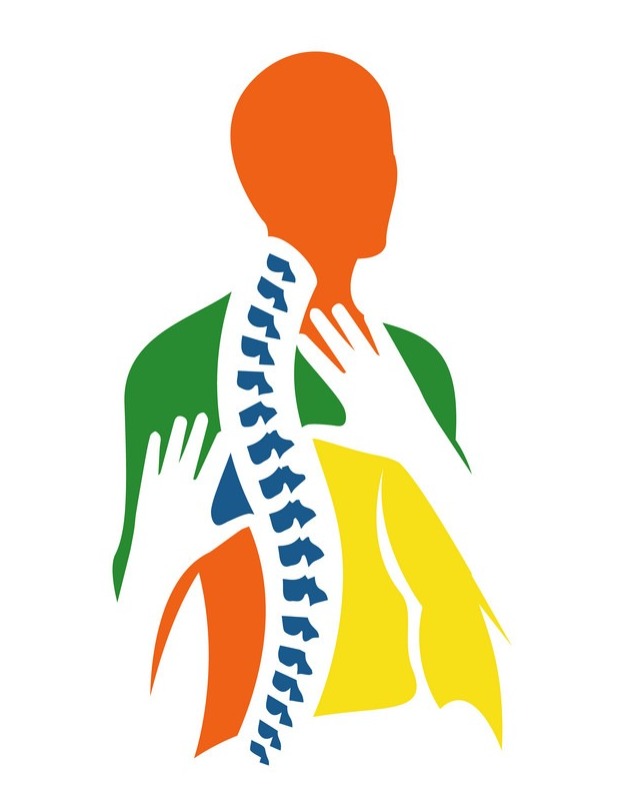+918048068791

This is your website preview.
Currently it only shows your basic business info. Start adding relevant business details such as description, images and products or services to gain your customers attention by using Boost 360 android app / iOS App / web portal.
Description
Treating joint and muscle pain effectively depends on the cause, severity, and location of the pain. Here’s a practical guide covering common treatment options, home remedies, and when to seek professional help—especially relevant if you're considering physiotherapy or home-based care. 🔍 Common Causes of Joint & Muscle Pain Osteoarthritis / Rheumatoid arthritis Muscle strain or overuse Tendinitis or bursitis Injury (sprains, falls) Posture-related pain Fibromyalgia or chronic pain syndromes Vitamin D or calcium deficiency 🩺 Effective Treatment Options ✅ 1. Physiotherapy A trained physiotherapist can: Assess joint mobility and muscle strength Use manual therapy to mobilize joints Design an exercise plan to improve strength and flexibility Apply modalities like: TENS (Transcutaneous Electrical Nerve Stimulation) Ultrasound therapy Hot/cold therapy ✅ 2. Medications Pain relievers: Paracetamol or NSAIDs like ibuprofen Topical creams: Diclofenac gel, capsaicin-based creams Muscle relaxants (for spasms) Supplements: Vitamin D, calcium, glucosamine (under supervision) ✅ 3. Home Remedies Rest and gentle stretching Heat therapy for stiff muscles (hot water bottle, heating pad) Cold therapy for inflammation or swelling (ice pack) Epsom salt bath (for sore muscles) Massage (light, localized massage can help relax tight muscles) ✅ 4. Lifestyle & Exercise Low-impact exercises: Walking, swimming, yoga, tai chi Strengthening surrounding muscles Weight management (reduces stress on joints) ⚠️ When to See a Doctor or Physiotherapist Seek professional help if: Pain persists more than a few days You notice swelling, redness, or warmth Pain is severe or worsening There’s loss of joint function or mobility You have fever or unexplained weight loss 🏠 At-Home Physiotherapy (Ideal for Chronic Pain) A home physiotherapy program might include: Initial assessment by a licensed physiotherapist Pain management plan with exercise + therapy modalities Regular follow-up visits to monitor progress Posture correction and ergonomic advice

